
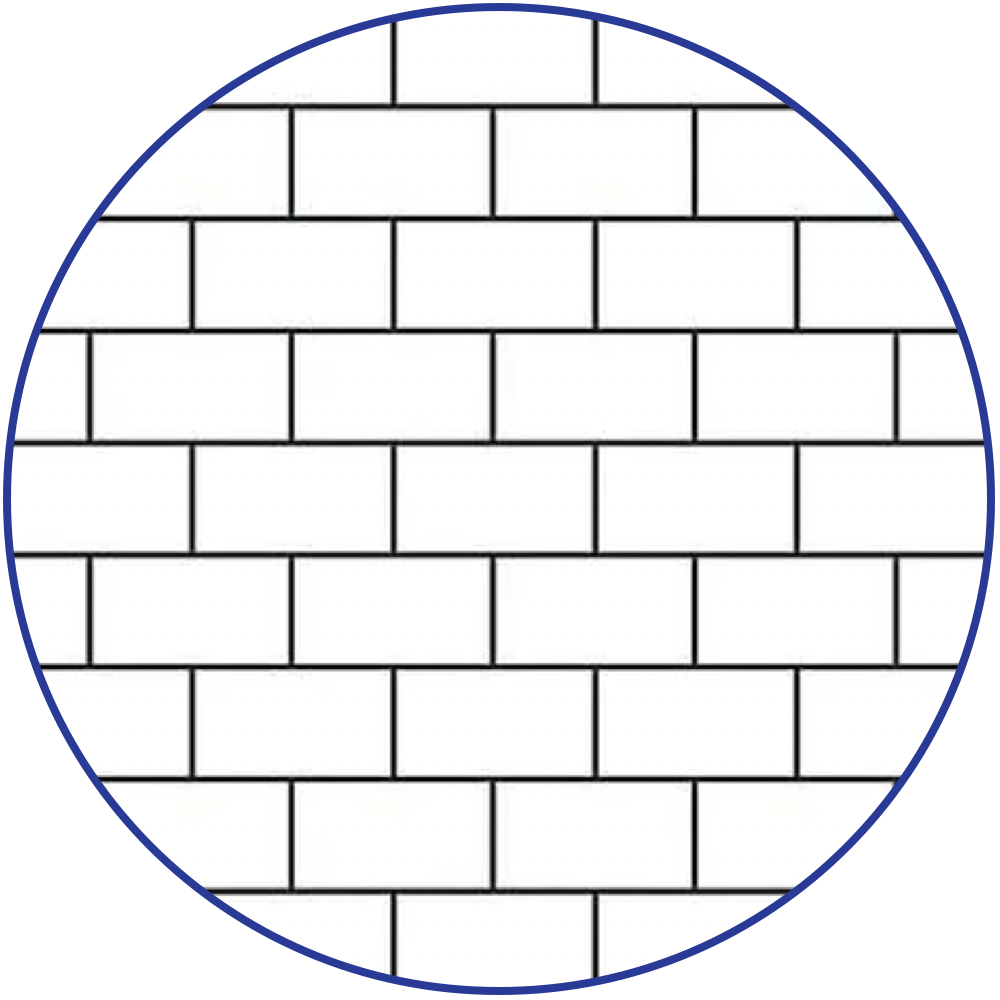
Brick Bond
Brick bond is the most traditional style of tiling, primarily used for kitchen or bathroom wall tiling with ‘Subway-style’ tiles. A 50:50 brick bond is recommended for tiles smaller than 300×600 (mm).
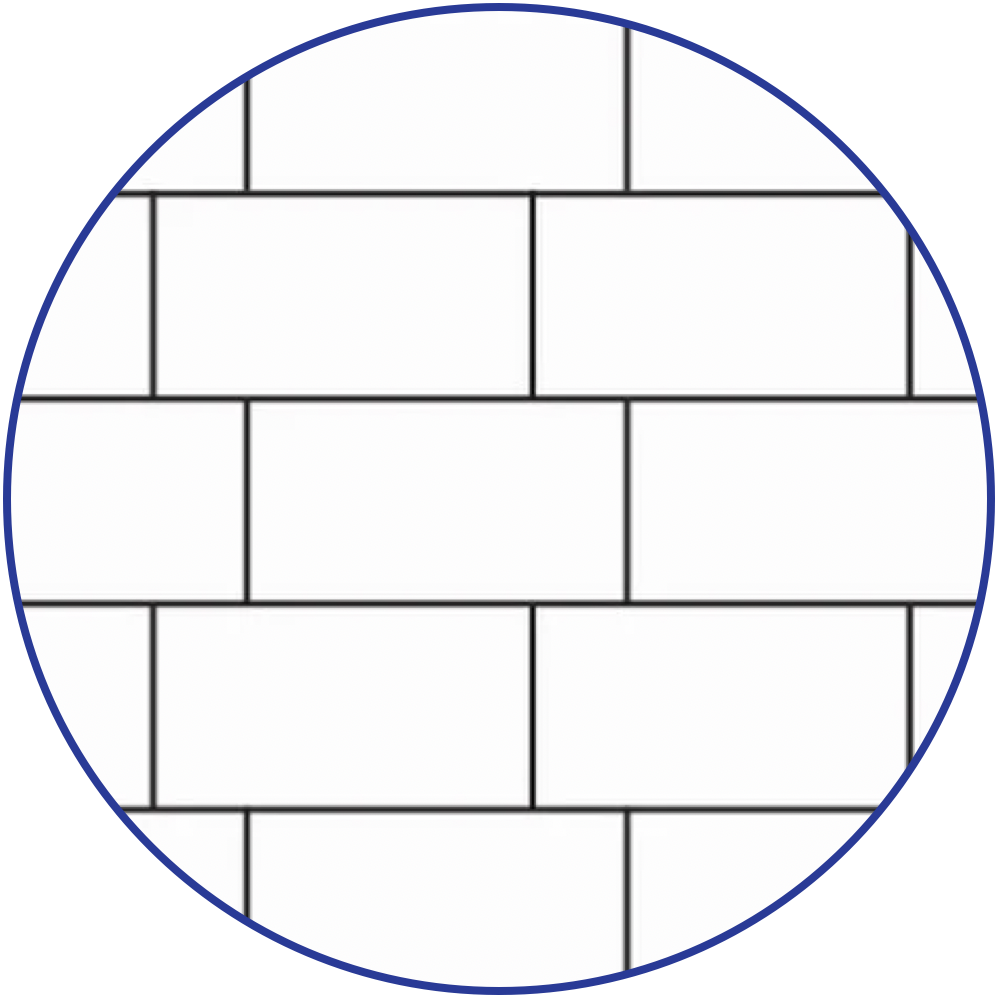
Staggered Bond
The Staggered Bond laying pattern has come back into style in force – (commonly 70:30) which will help give the appearance of a wider room. Although you can use it for all tile sizes it’s mostly used for tiles larger than 300×600 (mm).
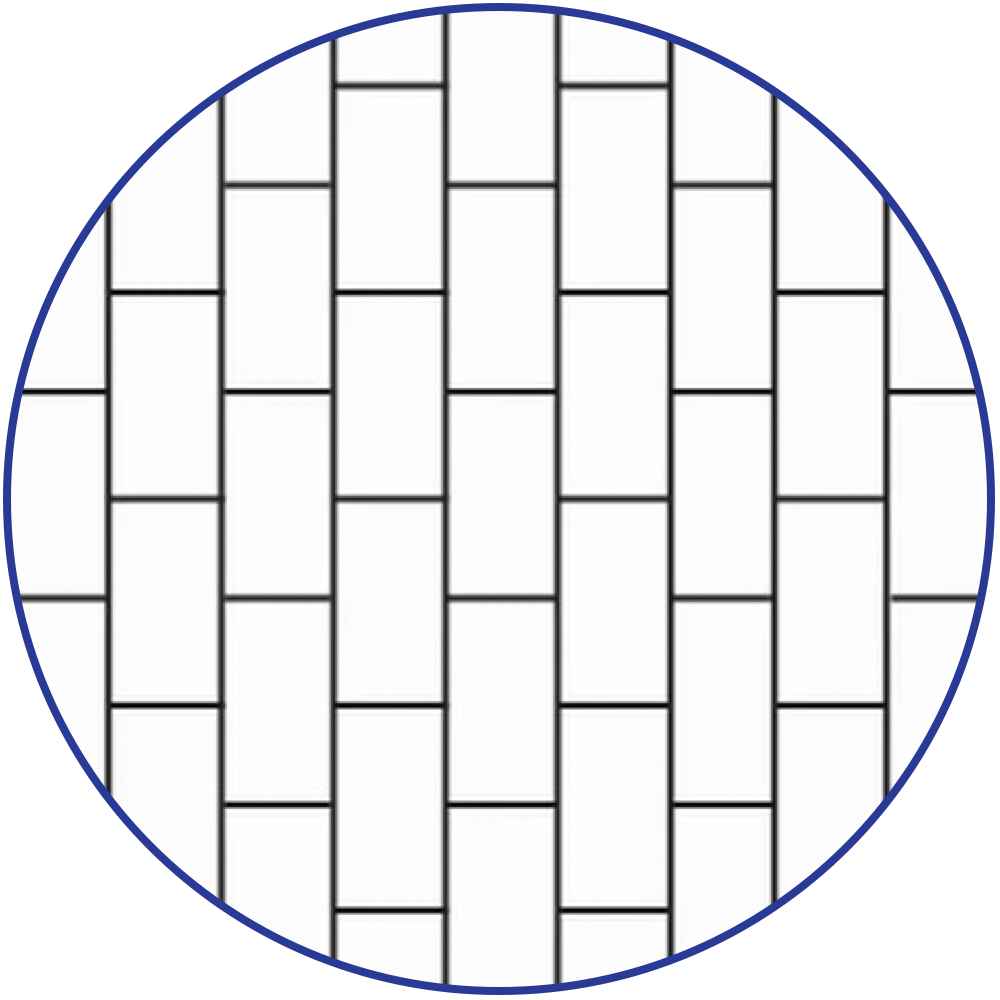
Stepladder
Also known as Vertical Brick Bond – A more contemporary version of the aforementioned brick bond, this laying pattern will give any area a feeling of height. A 50:50 brick bond is recommended for tiles smaller than 300×600 (mm).
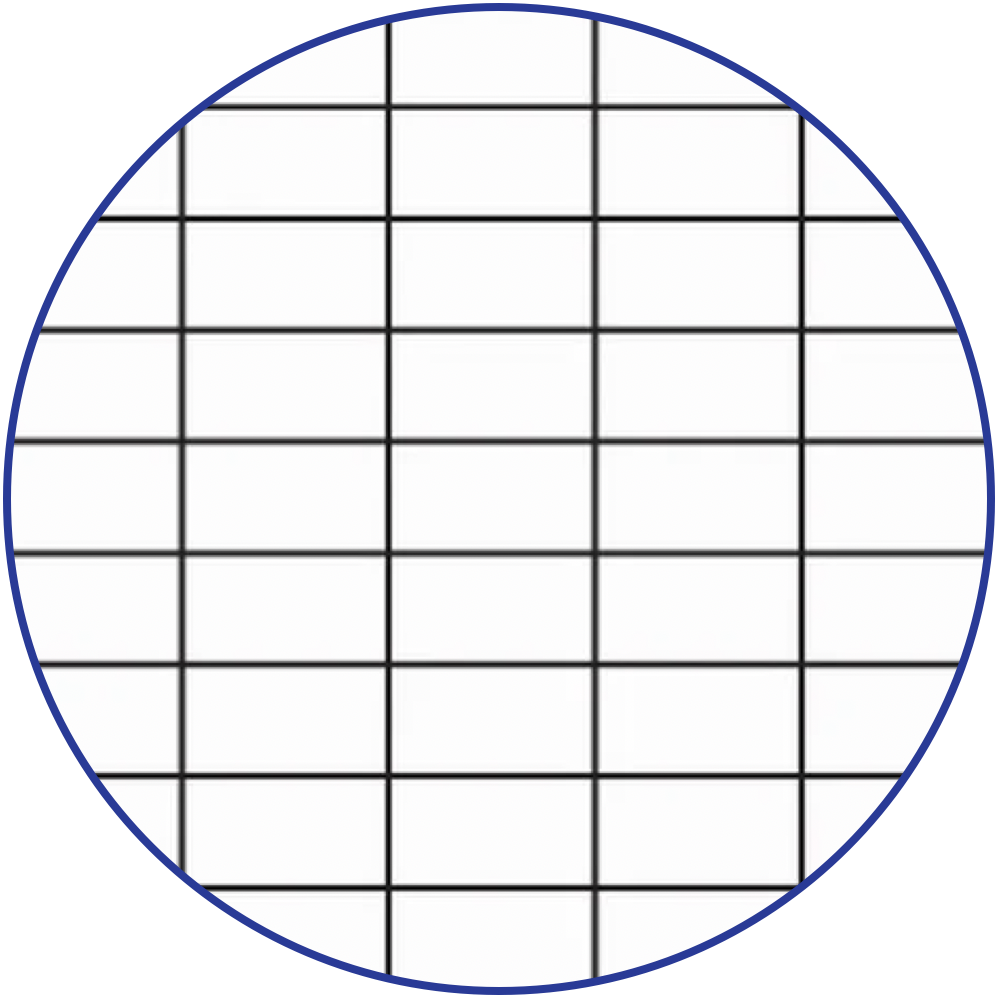
Stacked Landscape
Stacking a rectangular tile landscape is the traditional way of tiling bathroom walls. The straight, linear lines give the space a contemporary, modern feel.
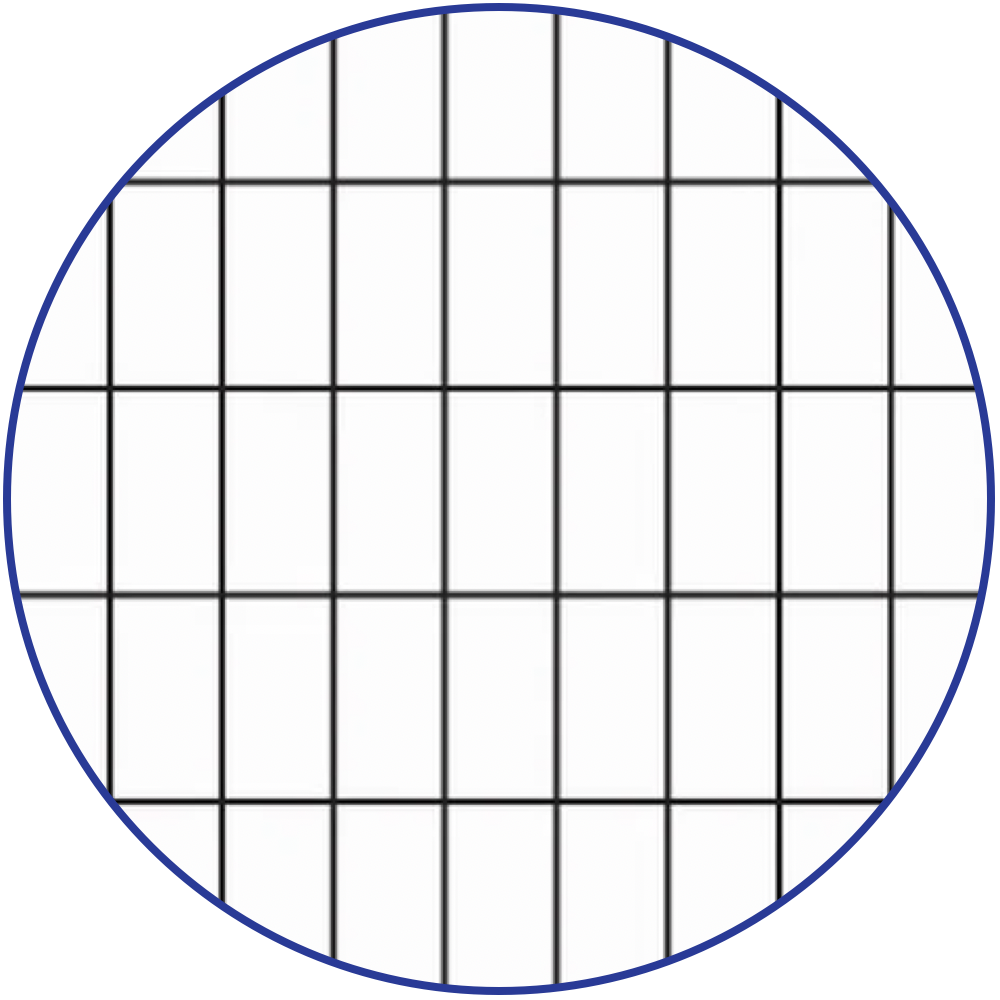
Stacked Portrait
Stacking a rectangular tile portrait is the ‘new’ way to lay tiles. A trend coming from the continent, this laying pattern will bring a sense of variety as opposed to the traditional Stacked Landscape.
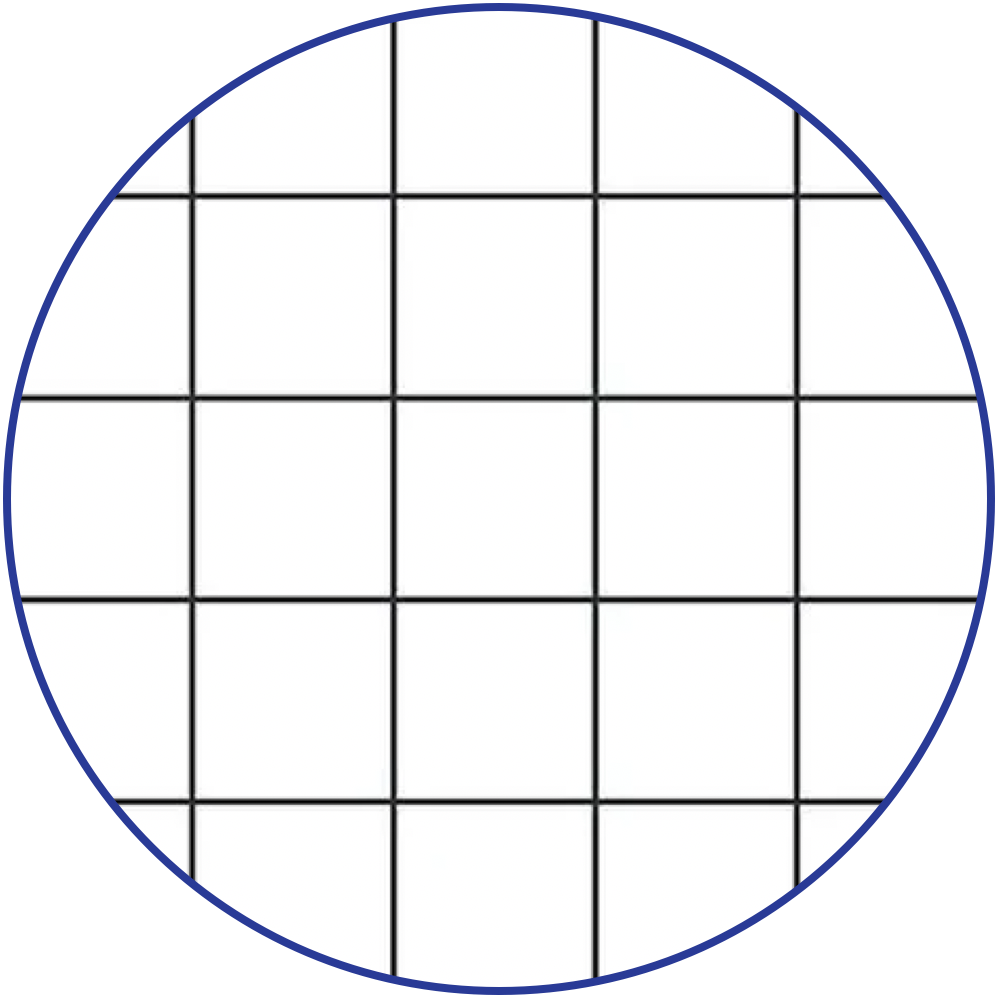
Stacked Square
Stacking Squares is the most common way to lay square tiles – on both walls and floors. This laying pattern can be used for all sizes of square tiles.
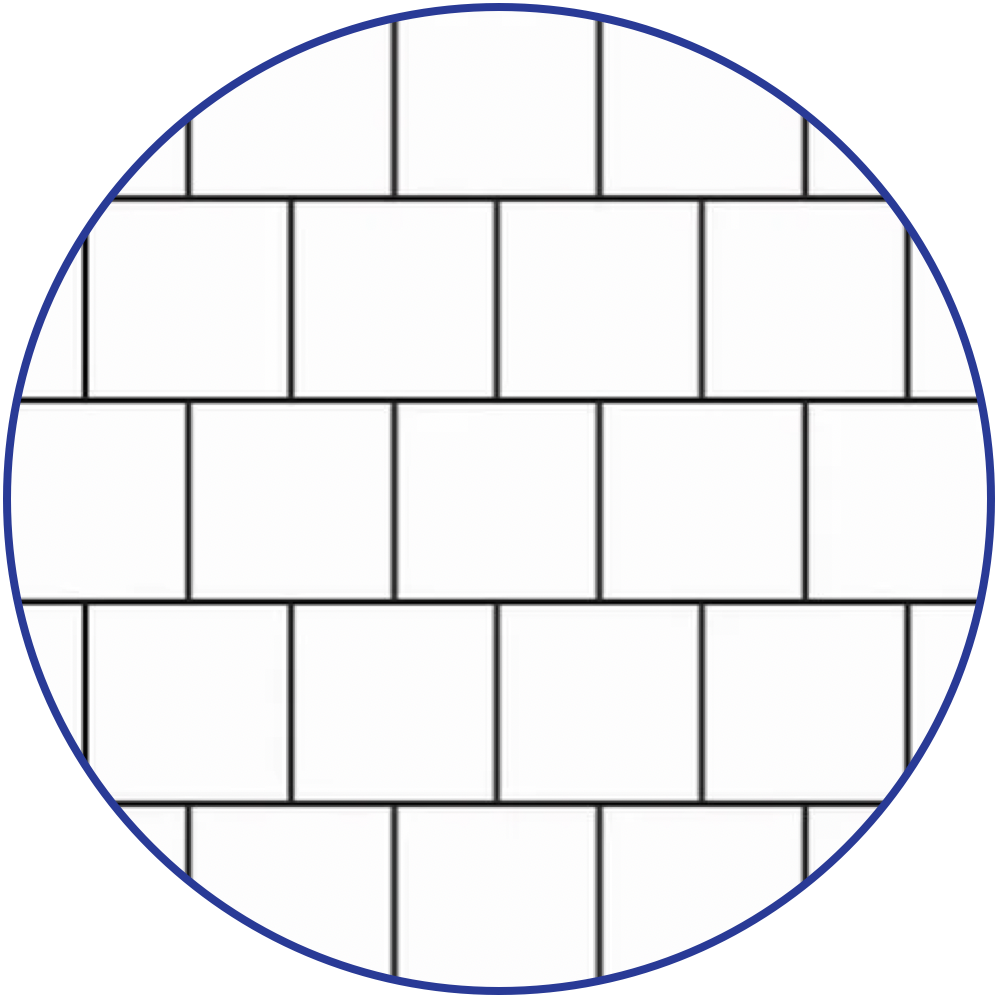
Staggered Square
Staggered Squares is a take on the traditional Victorian style. A 50:50 Staggered Square pattern is recommended for tiles smaller than 300×300 (mm).
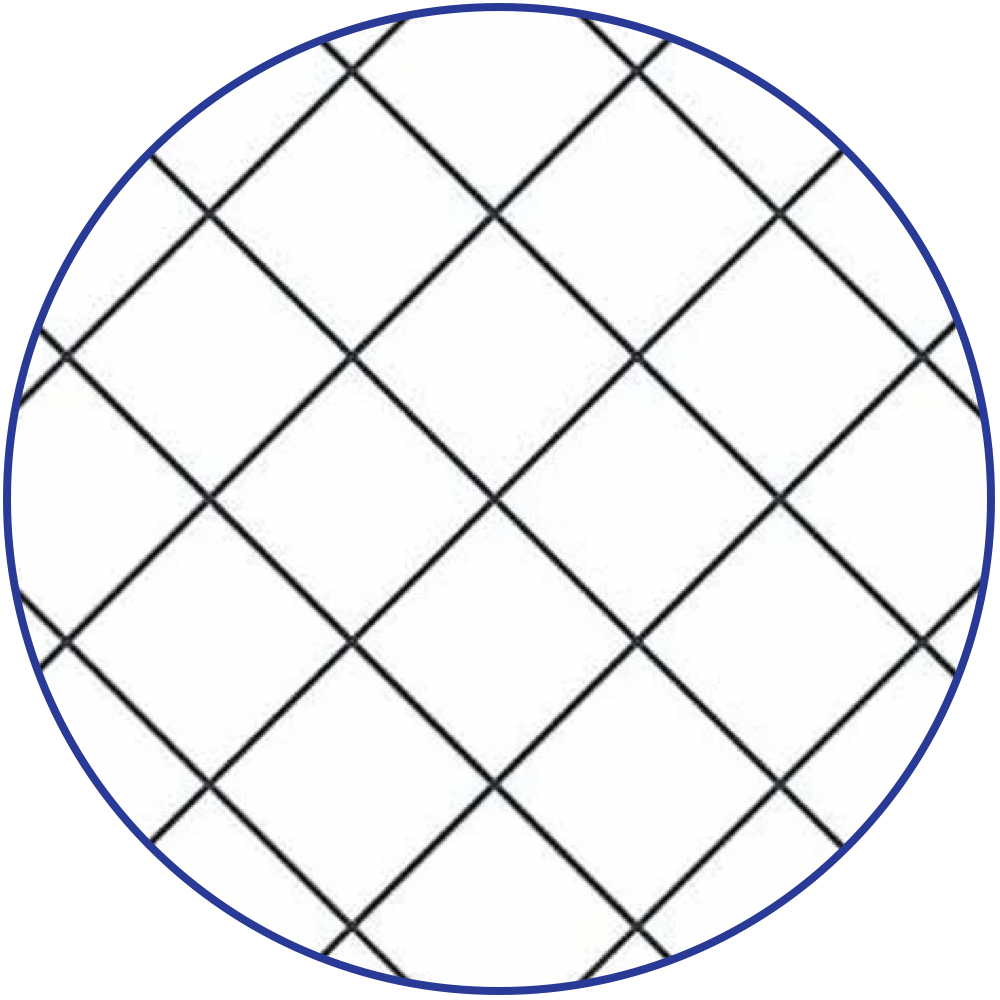
Diamond
Create a classic feeling interior by turning standard squares at an angle to form a Diamond. This laying pattern can be used on walls or floors but can often be seen on the floor of country style kitchens or as a decorative splashback behind the cooker.
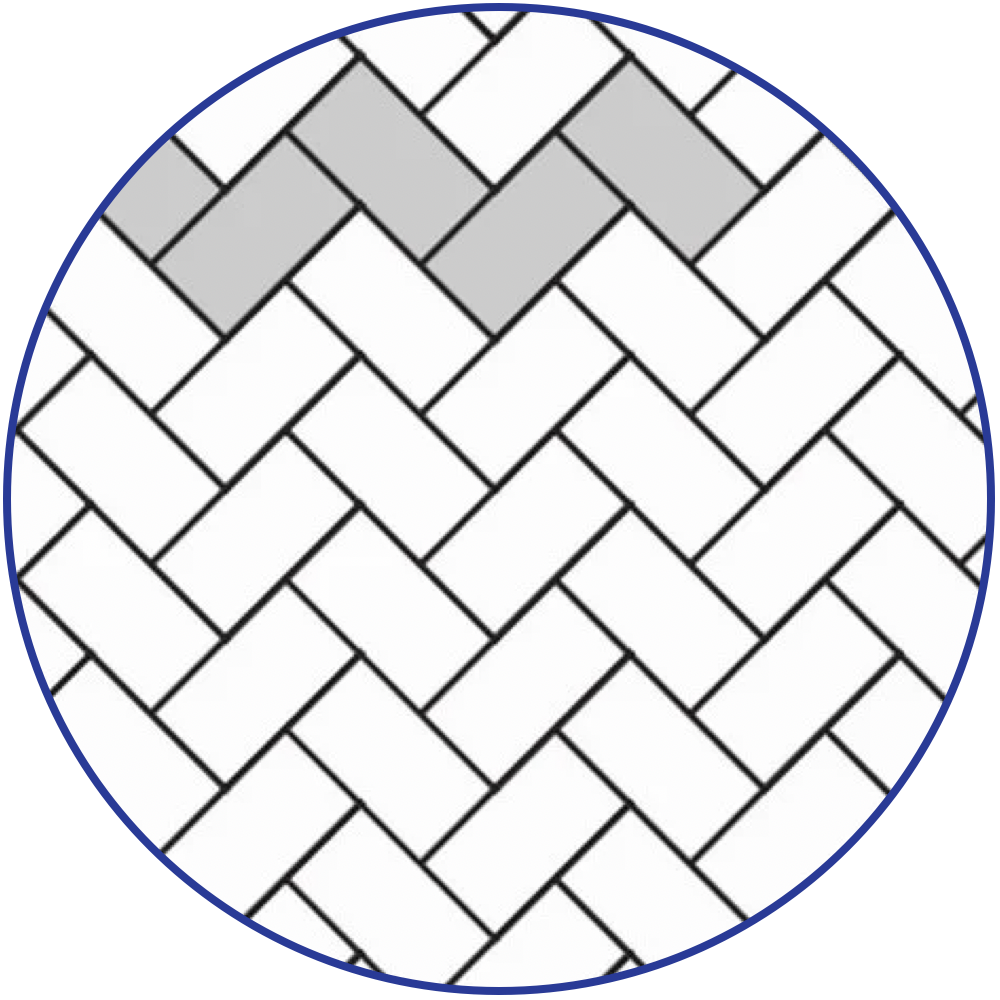
Horizontal Herringbone
This is the traditional way of laying a Herringbone tiled floor – it gives the floor an eye-catching charm whilst also giving the room a feeling of width.
With all Herringbone formats, we would recommend an additional 15% of tiles due to the additional cuts required.
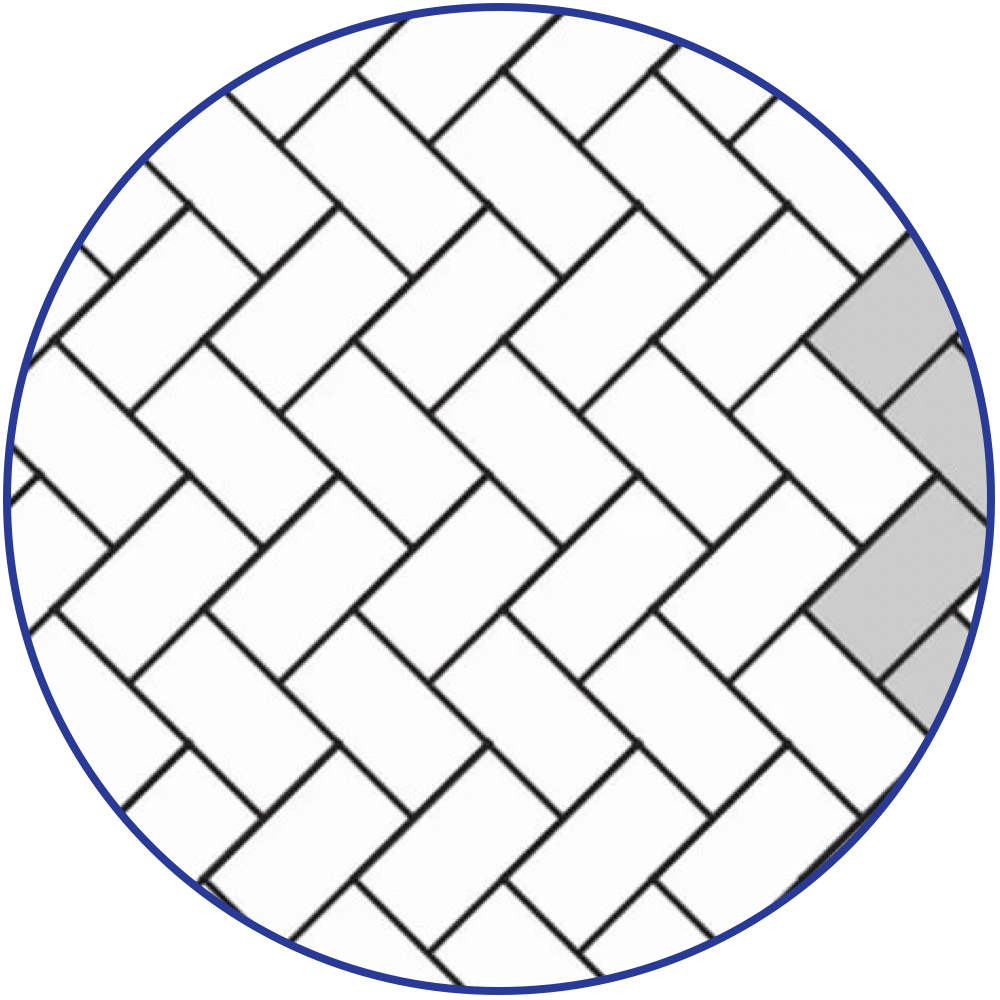
Vertical Herringbone
Whilst a Horizontal Herringbone can widen a room, the vertical take on the traditional pattern can draw the eye up creating the illusion of height.
With all Herringbone formats, we would recommend an additional 15% of tiles due to the additional cuts required.
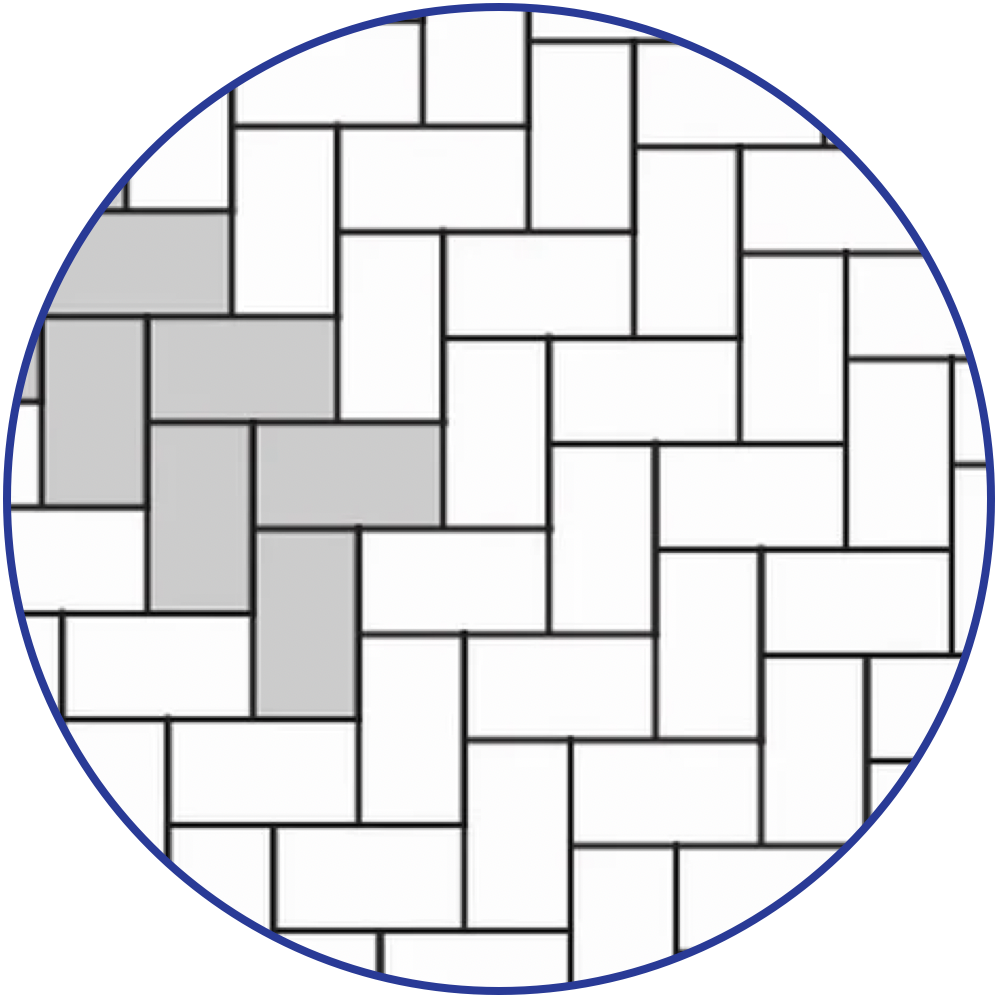
Block Herringbone
Similar to the previous Herringbone laying patterns – Block Herringbone is ran straight as opposed to on an angle and is traditionally more common in wall tiling.
With all Herringbone formats, we would recommend an additional 15% of tiles due to the additional cuts required.
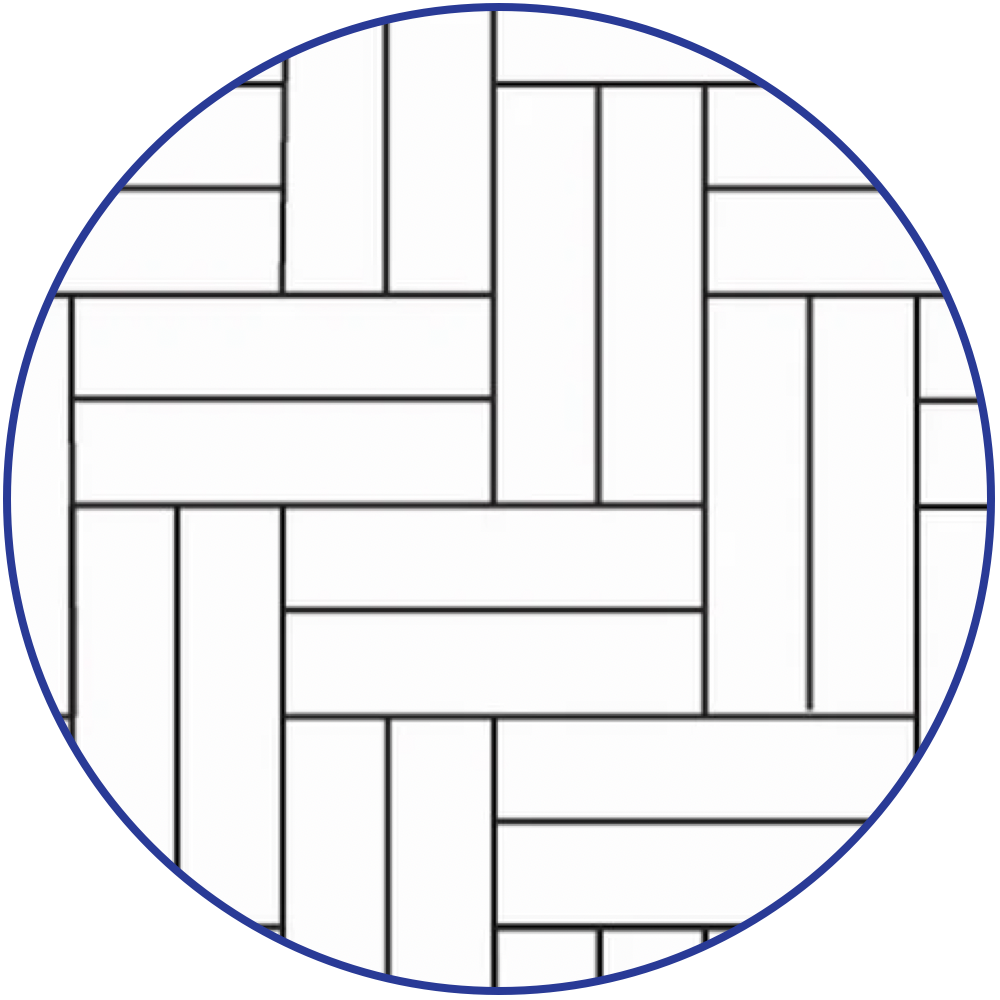
Double Block Herringbone
Similar to the Block Herringbone – Double Block Herringbone is creates a bolder statement similar to Basket Weave.
With all Herringbone formats, we would recommend an additional 15% of tiles due to the additional cuts required.
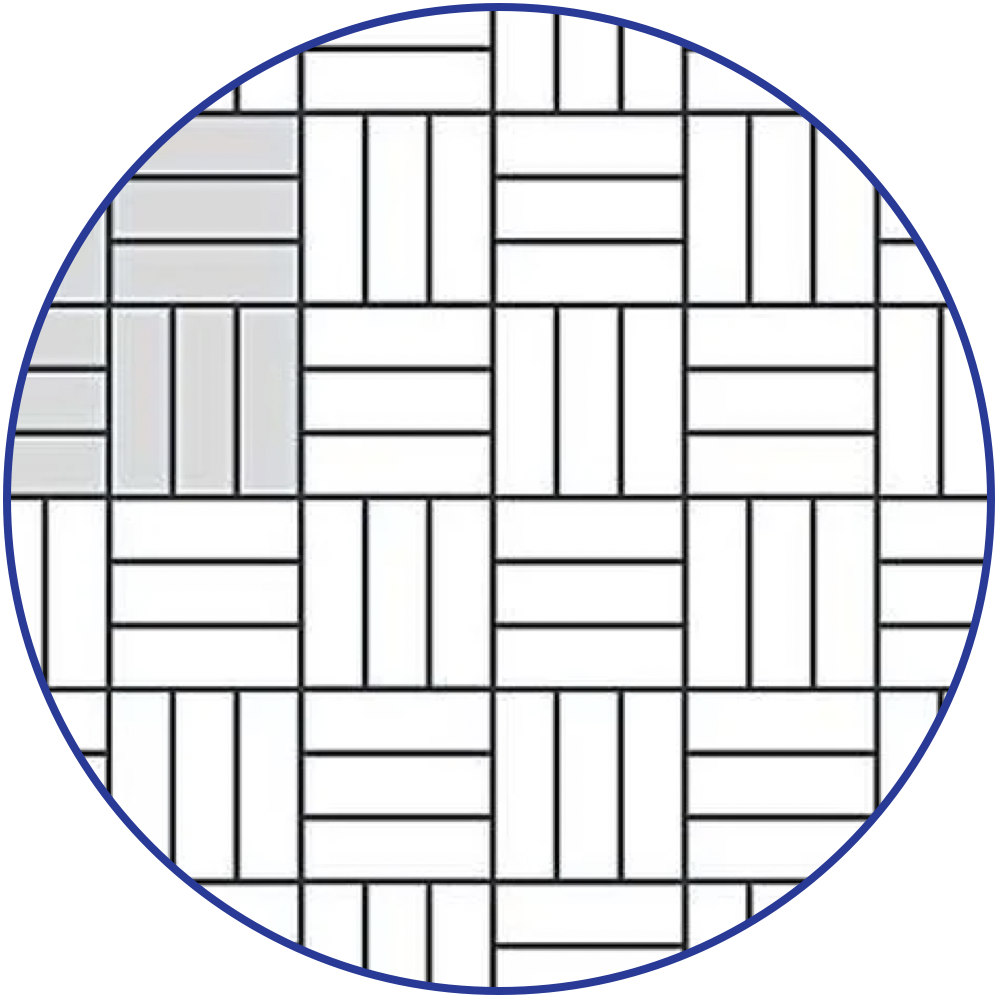
Basket Weave
Basket Weave mimics a parquet style floor – giving your wall or floor a characteristic charm using even the plainest of tiles. For this laying pattern to succeed, the chosen tile must conform to certain ratios – the attached diagram is using tiles of 1:3 ratio ie. 100×300.
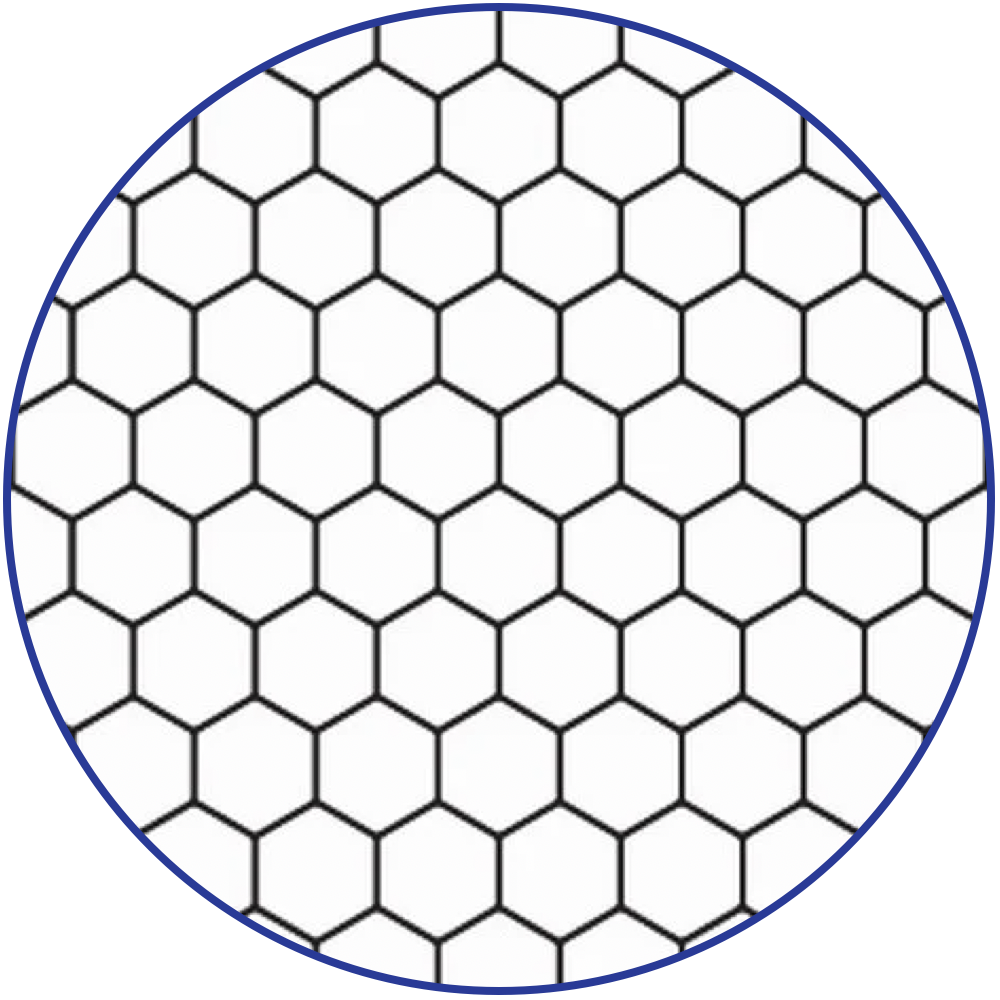
Hexagonal
The hexagonal tile format creates an instant statement with its geometric style – these tiles are modern and contemporary to a fault!
 MERANDA Laying Formats
MERANDA Laying Formats
 COMPELLA Laying Formats
COMPELLA Laying Formats
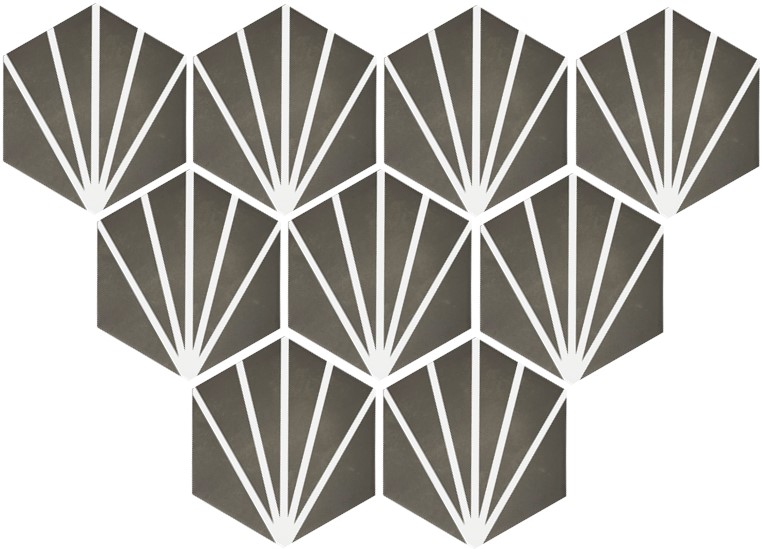
Upward Facing

Downward Facing
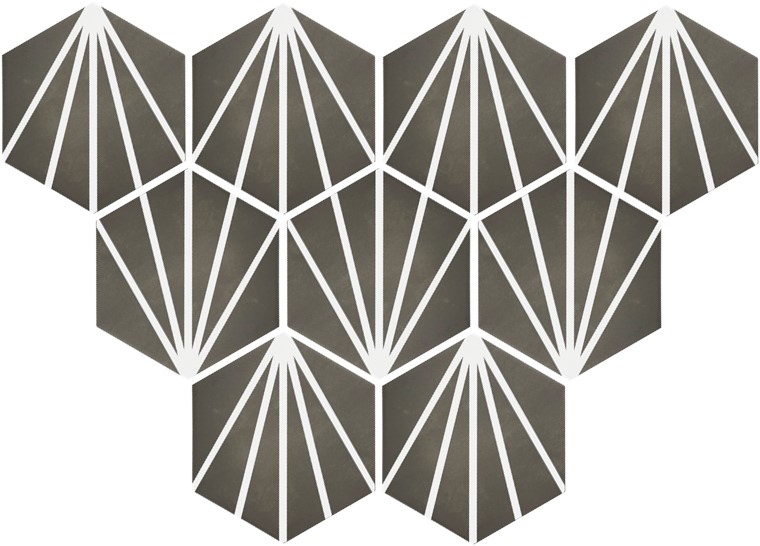
Upward / Downward Facing

Inward Facing
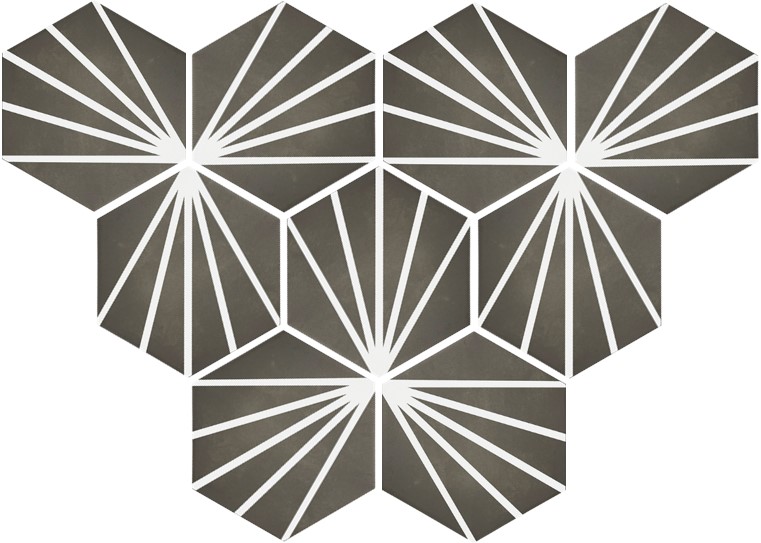
Outward Facing
 MERANDA Hex 198×228
MERANDA Hex 198×228
 COMPELLA Hex 225×259
COMPELLA Hex 225×259
